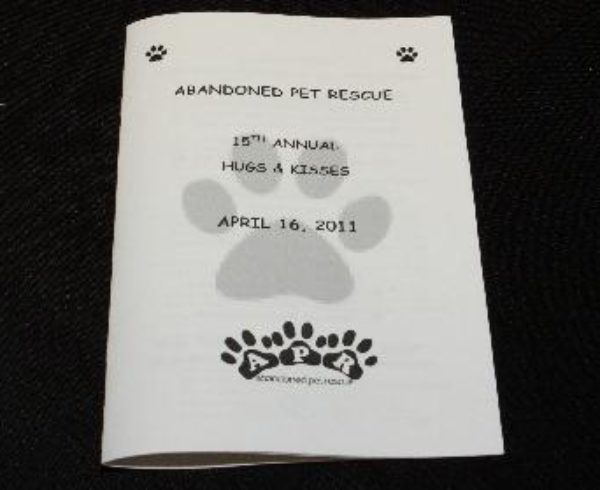Skipper, like all terriers, was a hunter. Small, wiry, and fearless, terriers were bred to hunt rats, so it was not terribly surprising when Skipper showed up with a large cane toad in his mouth.
Knowing that cane toads are very poisonous, Skipper’s parents grabbed him and flushed his mouth out with a garden hose. While he seemed OK, Skipper’s parents continued doing the right thing when they rushed him to the vet’s office for a full examination. Dr. Laurie also thought he looked pretty good aside from his dark-red gums and a little bit of foam in his mouth, but she’d seen these cases before and insisted on keeping Skipper for observation.
Cane toads (Rhinella marina), also called marine or bufo toads, are native to Mexico, Central America and the Amazon basin, but they were introduced to Florida in the 1930s and ‘40s to control pests in sugar cane fields. Those numbers were further supplemented in the ‘50s and ‘60s when more were introduced as pets that often escaped into the wilds of South Florida where they found others of their species and…well, you know.
Cane toads are considerably larger than our native toads at 6-9 inches in length, also have much larger poison glands which appear as a large triangular patch on each shoulder. They have bony ridges above the eyes but lack the crests or horns that the southern toad has. Cane toads are also always found on the ground as opposed to in trees or on wall and tend to hang out in urban areas…where they are much more likely to encounter dogs and other pets.
Without immediate treatment, even a large dog can be in serious trouble within minutes after an encounter with a Cane toad. Signs to watch for include frantic behavior, disorientation, brick-red gums, and foaming at the mouth. Shortly after Skipper’s parents left him with Dr. Laurie, one more symptom presented itself: seizures. Because he was at the vet, Skipper was immediately anesthetized to stop the seizures. The doctor monitored for elevated temperature and other vital signs, and everyone held their breath. Thankfully, Skipper made it through, but many other dogs aren’t so lucky.
So, what should you do if you think your dog has licked or even eaten a Cane toad?
-
flush the dog’s mouth thoroughly with a hose, being careful not to spray water down the dog’s throat.
-
use a clean dish towel to wipe the gums and tongue of your dog…bufotoxin is very sticky, and this will help alleviate trouble sooner.
-
get the dog to the closest veterinarian immediately and call ahead so they know you are coming. Time is critical.

















